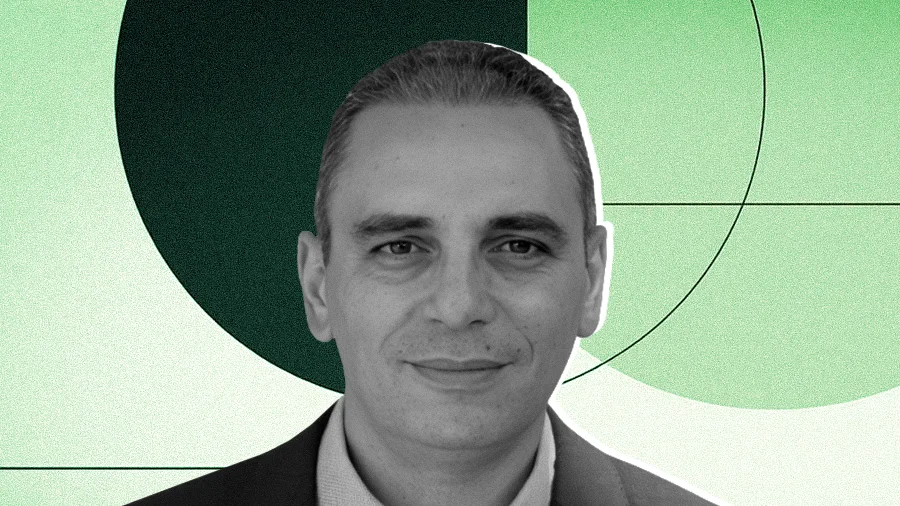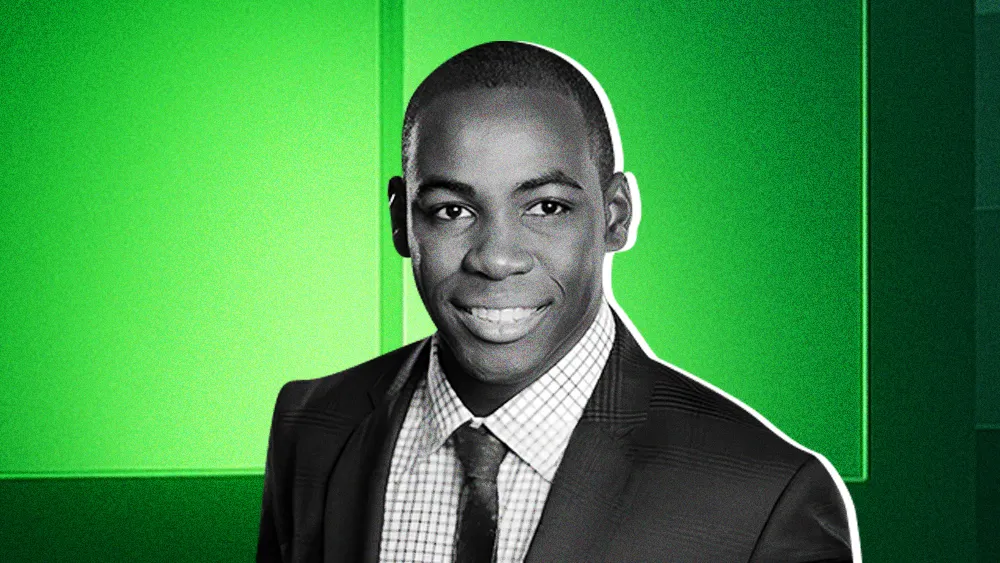Back to New Tab
Inside the Uncertain Future for CISOs in the Age of AI, and the Rise of Risk Scapegoating
CXO Spotlight
Ken, an anonymous four-time CISO, explains how the role of CISO is evolving and why it increasingly leads to burnout.

A fundamental imbalance defines most Chief Information Security Officers today: CISOs own all enterprise risk but control little of the budget, teams, or authority to manage it effectively. Now, instead of security leaders, some experts say the dynamic is creating corporate scapegoats. Here, a breach, regardless of its cause, becomes a career-ending event rather than a learning moment.
For an executive perspective on the subject, we spoke with 'Ken,' a four-time CISO granted anonymity to speak freely. With nearly three decades of experience, his career embodies the evolution of the role itself, from the rigorous training grounds of corporate giants to the modern pressures of advising a portfolio of venture-backed companies. Ken has worked across healthcare, defense, and manufacturing, and his expertise is informed by years of navigating high-stakes security incidents, including some of the most severe.
Responsibility without a vote: For example, during one ransomware event, Ken describes how he was held accountable for the tactical response but had no influence over the strategic decisions that created the outcome. "I was on the phone with the CIO at 2 a.m. dealing with the fallout, but I was never part of the decision-making process that led to the breach in the first place."
Eventually, the intense pressure fuels widespread burnout, Ken says. Now, many see the CISO title as a liability. Even publications like CSO Online are asking if the role is becoming one of the least desirable. The problem, however, is not weak CISOs, Ken explains. It's the broken corporate structures they operate within. Here, leaders are hamstrung by misaligned reporting lines, a culture that chases buzzwords, and a system that devalues experience.
The bean counter's ear. The CISO's natural ally is the CFO, according to Ken. "The most logical person for a CISO to report to is the CFO, because they understand financial risk. But instead, we usually report to the CIO, whose job is to deliver services and maintain uptime. And from that perspective, security is often just seen as getting in the way."
Fundamentals vs. fluff. Another common leadership failure Ken points to is executives who chase buzzwords without doing the unglamorous foundational work. "I worked for a CTO obsessed with 'zero trust,' yet we had five conflicting user directories. You can't build a secure house on a broken foundation. Leadership has to be willing to do the hard, unglamorous work on the fundamentals first."
Experience filtered out. Once a source of valuable judgment, Ken believes his long career is now misinterpreted as a liability by the automated tools gatekeeping the industry. "I submitted countless resumes and never got past the AI screeners. I have to conclude there's an ageism baked into the AI. I just wonder what organizations are truly looking for."
Strong technical skills are a prerequisite, Key says. But survival demands political savvy in the corporate dance. "This job is a dance, and you have to know the steps. If you go in there dancing like Elaine from Seinfeld, with no political or social awareness, you're not going to last very long."
For Ken, the way forward begins with reframing the CISO’s core responsibility: focus on communicating risk and securing its acceptance, rather than personally absorbing it.
The art of risk transfer. The goal is to enforce accountability at the correct level so business leaders are the ones who formally own the outcomes of their decisions. "A CISO's job isn't to personally absorb risk for the entire organization. Your job is to communicate risk so clearly that business leaders understand their accountability and formally accept it themselves."
A scapegoat contract: Accepting all risk is the ultimate red flag, a clear sign that the role has been designed for failure, Ken says. "If you are the one accepting all the risk, you are not a CISO. You are the designated scapegoat in a dysfunctional organization that has already decided who to blame."
A CISO with this mindset becomes a strategic enabler instead of a defensive blocker, according to Ken. The evolution is embodied in the rise of the Chief Trust Officer, a role that turns security from a cost center into a sales tool.
From cost to cash. For Ken, the path to Chief Trust Officer can be a strategic escape from the cost center trap. Because compliance attestations can shorten procurement cycles and help win deals, they can help make security a source of revenue. "The smartest CISO I ever knew became a Chief Trust Officer. It reframed his value from just keeping the bad guys at bay to building trust with customers and helping the company win more business."
An enablement engine. Collaborative mindsets are another survival mechanism for building allies and demonstrating value, Key says. "Successful CISOs are not known for saying no. They find a way to get to yes and enable the business to thrive securely. That shift in mindset is everything."
Especially with the sudden rise of the Chief AI Officer, the CISO's experience offers a cautionary tale. Given the job's volatility, where a leader can be "canned because it's Thursday," Ken's advice is practical. Before accepting the title, make sure that contractual protections are in place to create the psychological safety necessary for acting with integrity. "All CISOs need two things in their contract: D&O insurance to protect them from personal liability, and a severance package of at least a year. Those aren't perks. They are the armor that gives you the freedom to do your job with integrity, even when it means telling your bosses things they don't want to hear."



